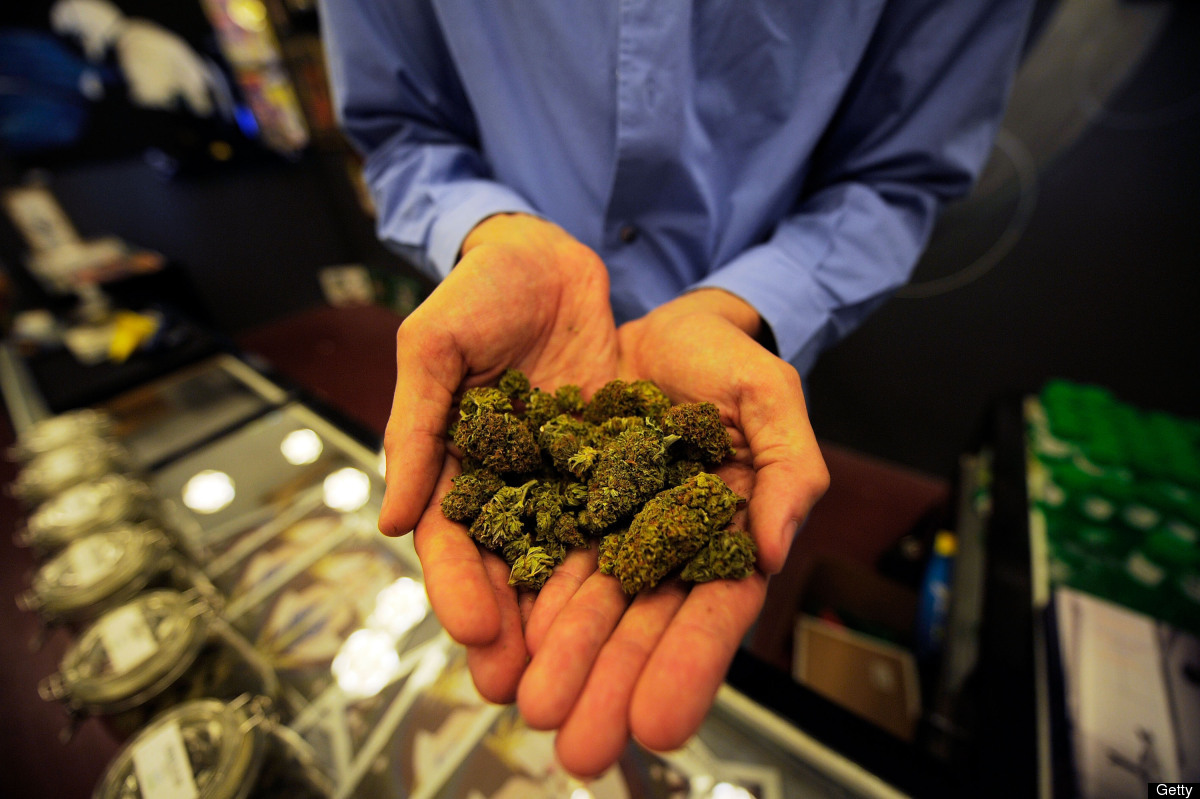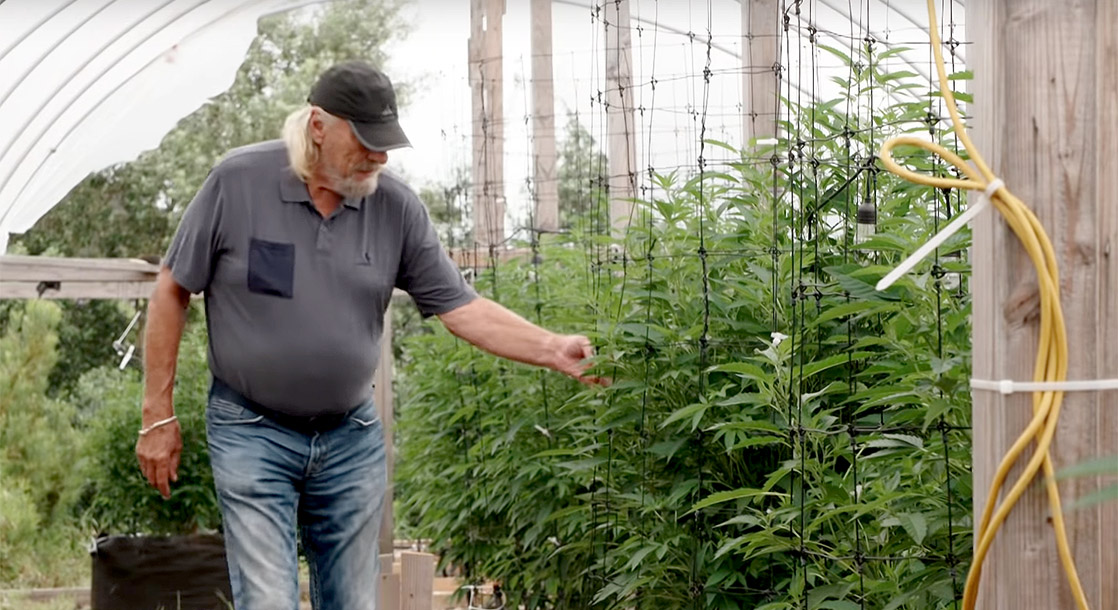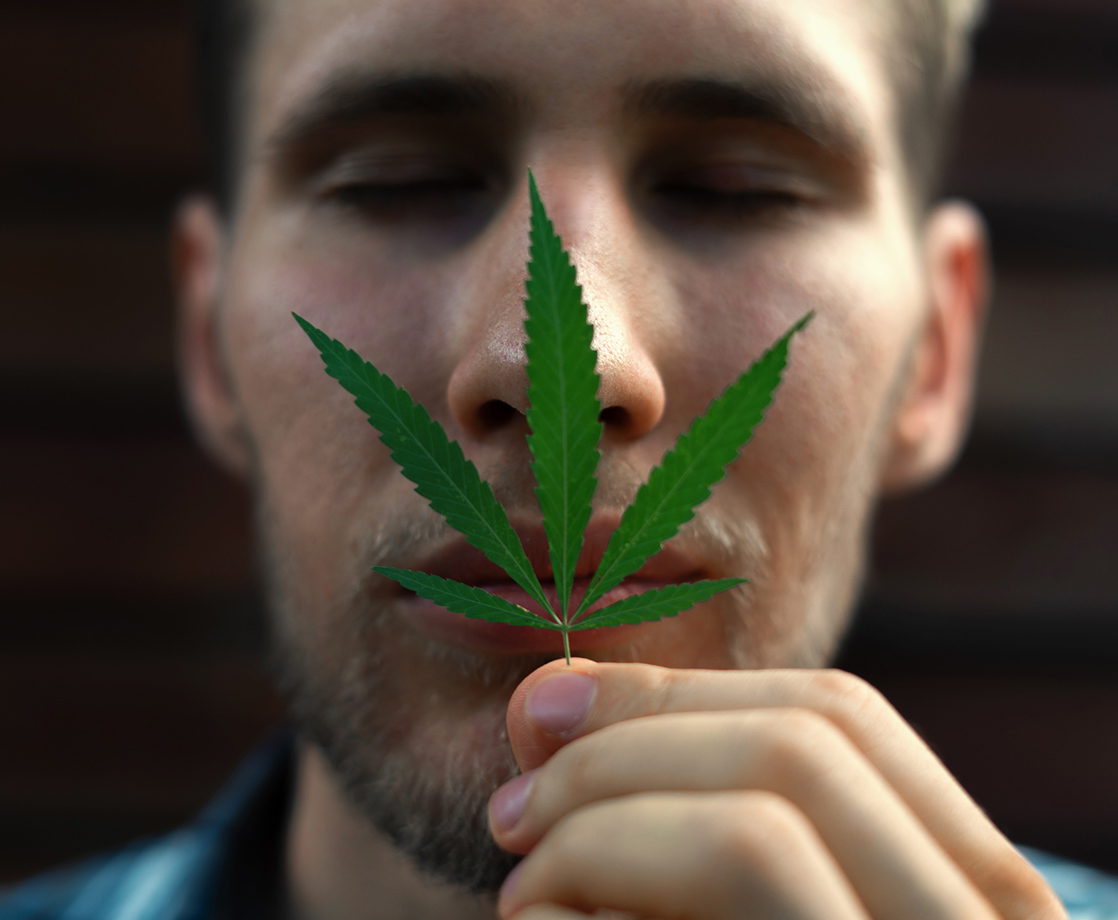In a last ditch effort to prevent Minnesota’s medical marijuana program from totally failling, state health officials have finally decided to expand on the restrictive nature of the market by allowing patients suffering from intractable pain to get their hands on marijuana products.
This leap of desperation, which was announced earlier this week by way of the state’s Health Commissioner Ed Ehlinger, could open the doors for potentially thousands more patients while also providing a seemingly crippled cannabis industry with an opportunity to emerge into the black. Interestingly, however, Ehlinger refuses to admit that his choice to give access to more patients was rooted in any kind of pressure from the top to steer a struggling pot market into profitability. Instead, he considers the move an act of compassion.
“The relative scarcity of firm evidence made this a difficult decision,” Commissioner Ehlinger said in a statement. “However, given the strong medical focus of Minnesota’s medical cannabis program and the compelling testimony of hundreds of Minnesotans, it became clear that the right and compassionate choice was to add intractable pain to the program’s list of qualifying conditions. This gives new options for clinicians and new hope for suffering patients.”
Although this long-awaited ruling could prove positive in the grand scheme of the health and well being of many Minnesotans, it is apparent the state has learned a valuable lesson since launching its ultra-restrictive medical marijuana program over the summer: Patients are necessary for continued success.
When the program got underway in July, only those suffering from about nine serious conditions, including cancer and HIV/AIDS, were given permission to participate. Yet, in addition to issues with patient registrations, not to mention an enormous debacle with physicians not wanting to get involved, the state made it difficult for anyone to buy medical marijuana by providing a framework that only allowed two cannabis producers to supply all of the state’s patients with edible forms of the medicine.
To make the situation worse, the restrictions surrounding the program, most of which were created by the state’s ban on raw cannabis, forced many patients to continue using the black market because they could not afford to pay the high cost of pills and oils approved under state law.
A report from The Associated Press suggested that patients choosing to participate in Minnesota’s medical marijuana program were paying “double the cost” in comparison to those living in Colorado.
As for the two companies awarded the state’s exclusive marijuana licenses, business did not start off in a very promising light. In fact, both companies, Medical Solutions and Leafline, reportedly began offering patients up to 50 percent off marijuana purchases after only a few months of operation. Yet, despite their approach to drumming up future business, with only 490 patients registered by the end of September, there was simply not enough of a client base for a medical marijuana market to thrive.
That’s when state officials began getting serious about the possibility of expanding the program to other qualified conditions. At the core of this debate was the question of whether patients suffering from intractable pain should be given access to the herb. Some predicted that a move of this magnitude would quadruple the number of patients allowed to buy weed under the state’s program, while others suggested more modest results.
Throughout the process, hundreds of people attended public hearings to petition for the inclusion of intractable pain. Ehlinger told the Star-Tribune that only about 10 percent of those who testified during the proceedings contested the idea of incorporating pain with the state's shortlist.
In the end, the nation’s most restrictive medical marijuana program received a new qualified condition, one that was not only supported by both Democrats and Republicans, but backed by Governor Mark Dayton, as well.
"I met with Commissioner Ehlinger earlier and told him I fully support that," the governor said in a statement. "From a social, compassionate standpoint, people who are experiencing intractable pain, if they believe this is going to be helpful to them, deserve the chance to find out through the use of cannabis, whether it's going to be successful or not."
Unfortunately, it will still be awhile before patients with intractable pain are able to purchase medical marijuana. Reports indicate that it could be August 2016 before the program is available.
At the end of last week, Minnesota’s medical marijuana program had just over 700 registered patients.











